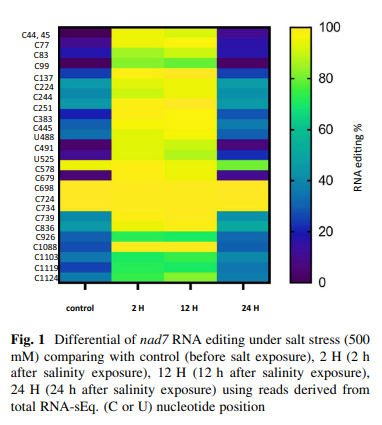A novel segmentation method to identify left ventricular infarction in short-axis composite strain-encoded magnetic resonance images
Composite Strain Encoding (CSENC) is a new Magnetic Resonance Imaging (MRI) technique for simultaneously acquiring cardiac functional and viability images. It combines the use of Delayed Enhancement (DE) and the Strain Encoding (SENC) imaging techniques to identify the infracted (dead) tissue and to image the myocardial deformation inside the heart muscle. In this work, a new unsupervised segmentation method is proposed to identify infarcted left ventricular tissue in the images provided by CSENC MRI. The proposed method is based on the sequential application of Bayesian classifier, Otsu's thresholding, morphological opening, radial sweep boundary tracing and the fuzzy C-means (FCM) clustering algorithm. This method is tested on images of twelve patients with and without myocardial infarction (MI) and on simulated heart images with various levels of superimposed noise. The resulting clustered images are compared with those marked up by an expert cardiologist who assisted in validating results coming from the proposed method. Infarcted myocardium is correctly identified using the proposed method with high levels of accuracy and precision. © 2011 Copyright Society of Photo-Optical Instrumentation Engineers (SPIE).


